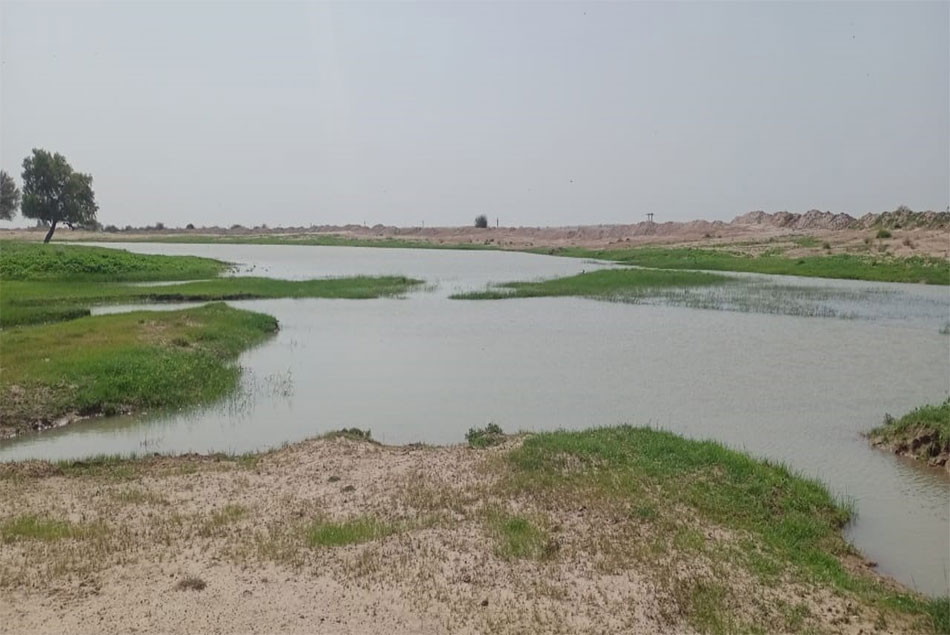NRM (Natural Resource Management)

Rajasthan has many interesting and distinctive aspects. One such aspect is its geology. Even after having an arid climatic condition, the natural resources of Rajasthan are numerous. The same is applicable to the minerals in Rajasthan, which is the most mineral-rich state in the nation in terms of availability and variety and it produces roughly 57 distinct minerals.
Henceforth DHARA Sansthan, diversity enabled to explore significance that could result more positive impact. Despite the fact knowing its geographical condition, the region being rich in other resources has led a course of action linked to renewable and non-renewable resources. NRM back then had less significance compared to today’s era but as the time passed it became one of the vital elements that was to encompass various dimensions in order to achieve sustainability.
Inspite of being rich in 50+ distinct minerals the management of natural resources in this region has been lower. The conservation of natural resources technically was an important factor that had to be addressed. Therefore, being known to the soil and working for its people DHARA Sansthan took up the cause and began recognizing several resources that had to be managed.
Dhara Sansthan, in partnership with the Roman Catholic Diocesan Service Society, propagated an integrated agriculture development programme in 10 villages of Batadajhak, Shiv block, in bunding and de-silting of the pond for rainfall storage from 2003 to 2006. In order to improve agricultural land productivity, DHARA Sansthan embarked on a number of projects that allowed it to carry out multi-faceted tasks that contributed to the preservation of natural resources. Simultaneously, the idea sparked other sources from which we might launch a campaign to raise public awareness about the persistence of natural resources.
Agriculture has long been the primary source of income in Rajasthan. DHARA Sansthan’s has been able to work to solve the disparities and make possible change in Agriculture through “Sustainable Livelihood in Thar through Capacity Building and Demonstration” in Shiv block to strengthen the agriculture standard by providing technological inputs and sustainable sources with the model of seed bank by self-production crops of farmers.
We could provide agricultural seeds to the farmers and kit were been distributed with the collaboration of Bayer Prayas Association under Smallholder Farming Project. The impact of this program was that farmers could get livelihood medium during the pandemic phase in 2020.
DHARA Sansthan has been able to contribute through skill development and livelihood programs for betterment of several lives.
All of this sums up Rajasthan’s tremendous wealth in numerous resources that are sold to other countries for preservation. Some fertilizers, as previously noted, must be specifically kept for sustainability. This region of Rajasthan is frequently linked with aridity, but another element is that it is basically rich in natural resources that must be protected.
With all of these components, DHARA Sansthan aims to provide sustainability to the ecosystem and its living creatures.
